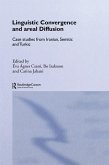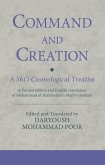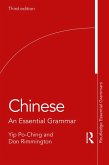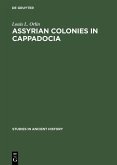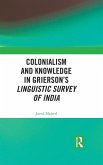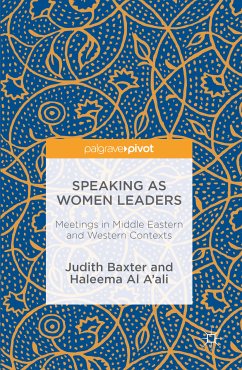The authors are outstanding scholars engaged in the study of language varieties spoken in 'convergence areas' in which speakers are multilingual in languages of at least two but sometimes all three language families. Many of the contributions present new data collected in fieldwork. The geographic area covered is Western and Central Asia where varieties of Iranian, Semitic and Turkic languages have entered into many different types of contact. The intricate linguistic contact situations demonstrate highly interesting convergence phenomena.
Dieser Download kann aus rechtlichen Gründen nur mit Rechnungsadresse in A, B, BG, CY, CZ, D, DK, EW, E, FIN, F, GR, HR, H, IRL, I, LT, L, LR, M, NL, PL, P, R, S, SLO, SK ausgeliefert werden.



